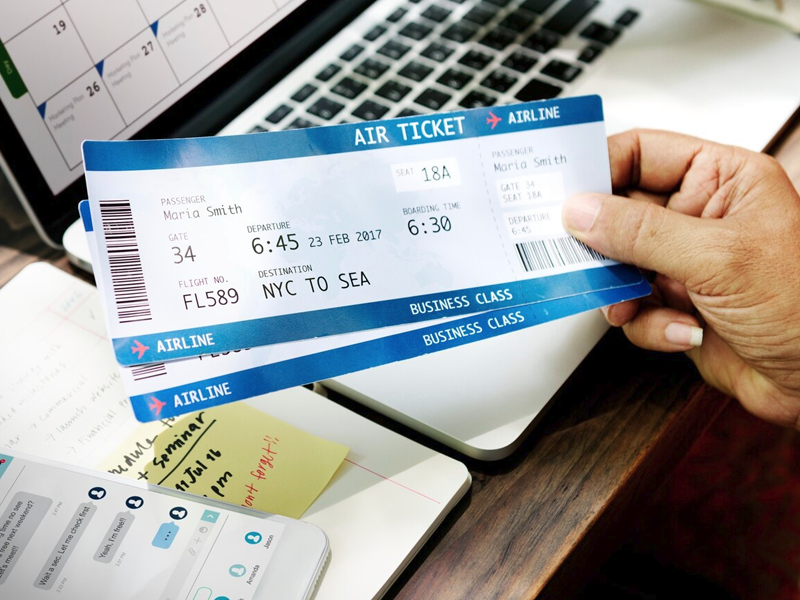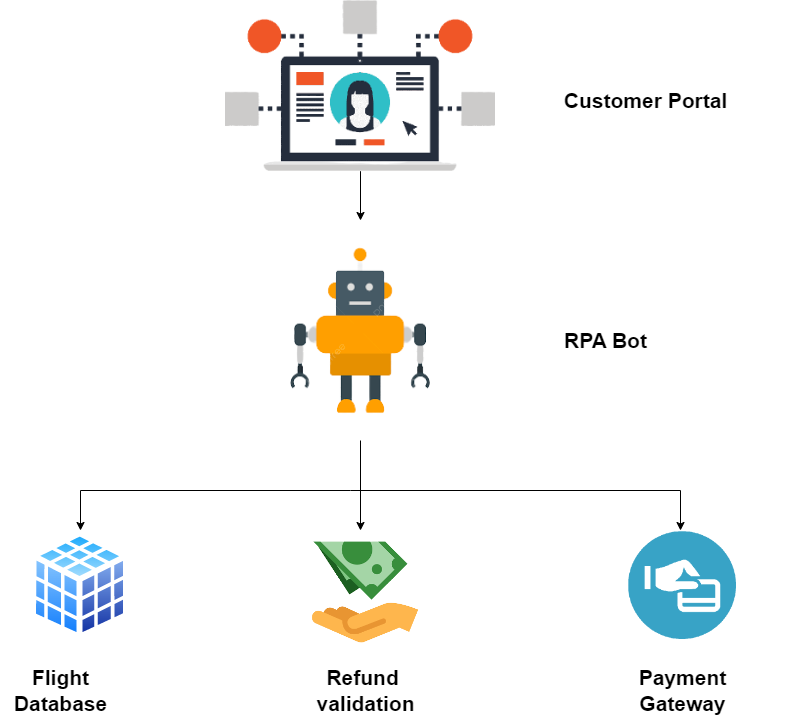

A major airline receives a high volume of refund requests from customers who are unable to take their scheduled flights. The airline's refund process involves several manual tasks, including verifying the validity of the refund request, checking the customer's eligibility for a refund, and processing the refund payment. The airline decides to implement RPA to automate parts of the refund process and reduce the workload on its customer service team.
RPA solution involves creating a bot that can automate several key steps in the refund process. The bot is designed to:
The RPA solution results in several benefits for the airline:
In this architecture, the customer initiates a refund request through the airline's customer portal. The request is then received by the RPA bot, which is responsible for automating the refund process. The bot accesses the airline's flight database to validate the refund request and check the customer's eligibility for a refund. If the request is valid and the customer is eligible, the bot initiates a refund transaction by communicating with the refund validation and payment gateway components. The refund validation component checks the refund request against the airline's policies and procedures, while the payment gateway component processes the refund payment. Once the refund is processed successfully, the bot sends a confirmation message to the customer through the customer portal.
Implementing RPA in the airline industry can lead to significant benefits, including increased efficiency, improved accuracy, cost savings, and better customer experience. This case study demonstrates how RPA can be used to automate a specific process, such as flight refunds, and create value for both the airline and its customers.


Schedule A Meeting with us